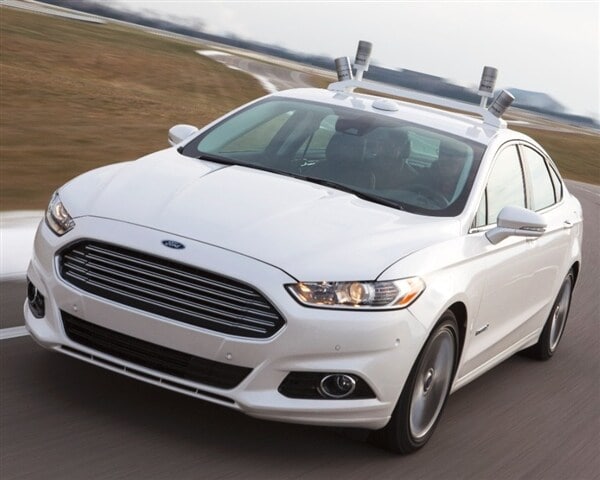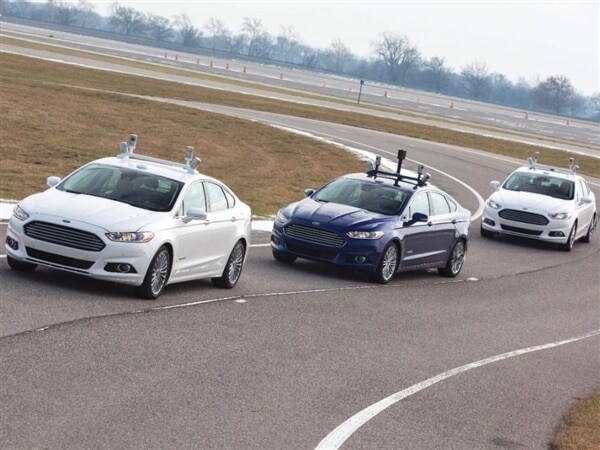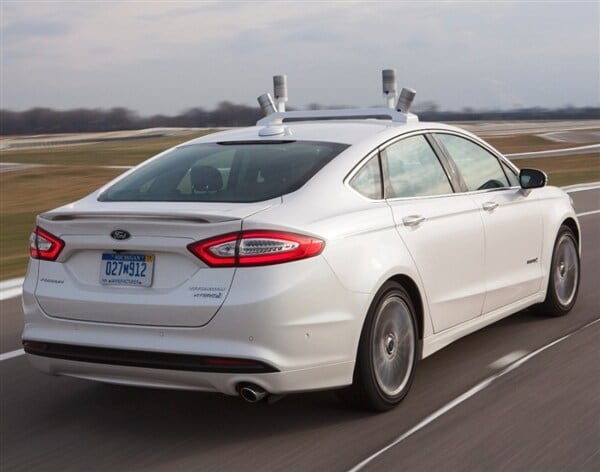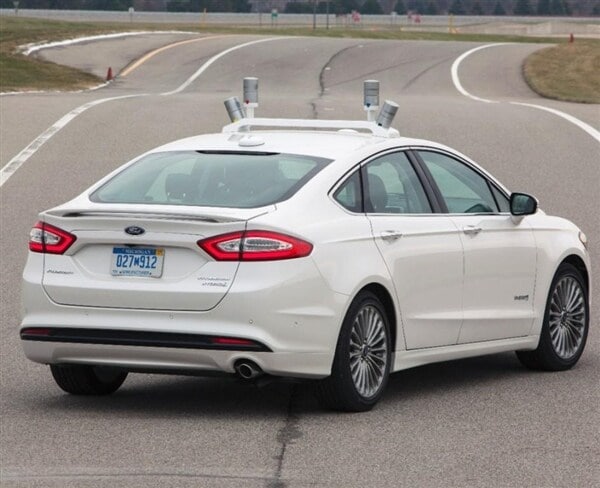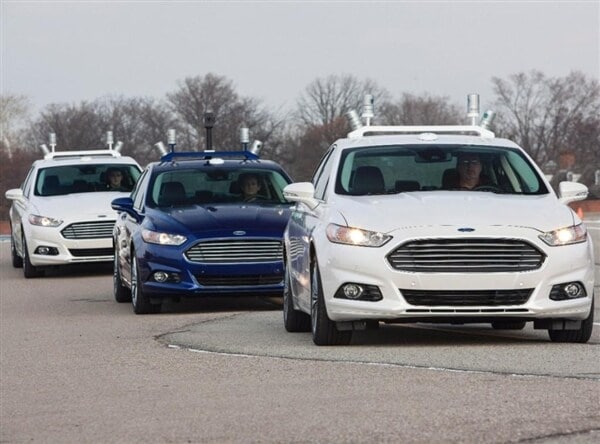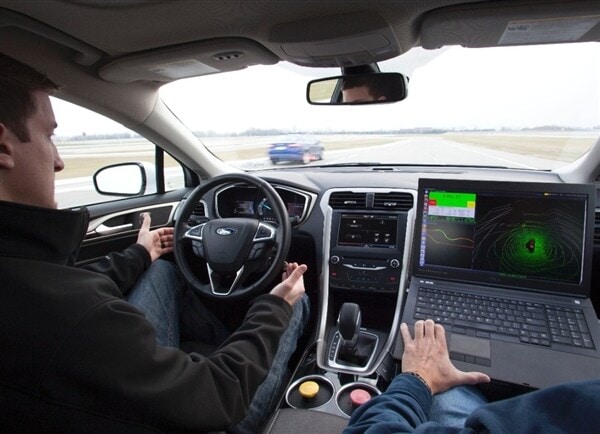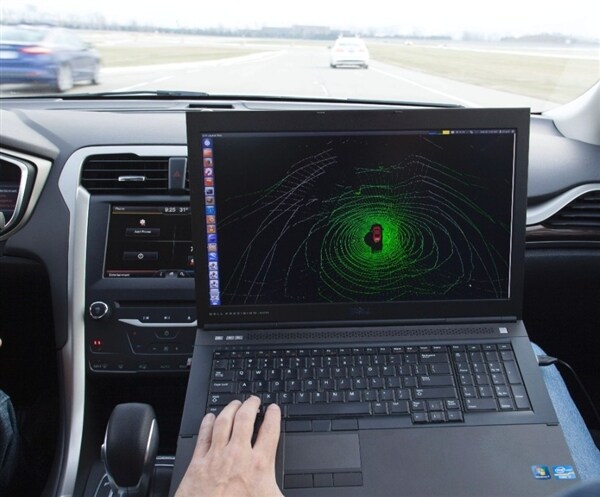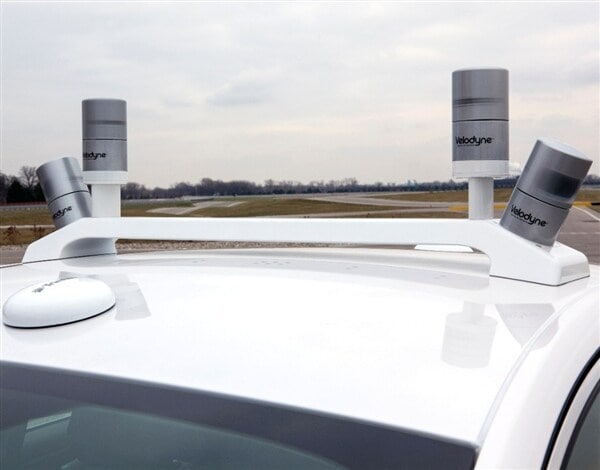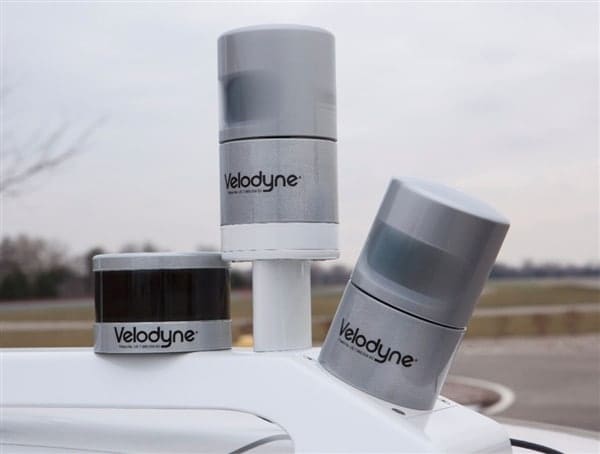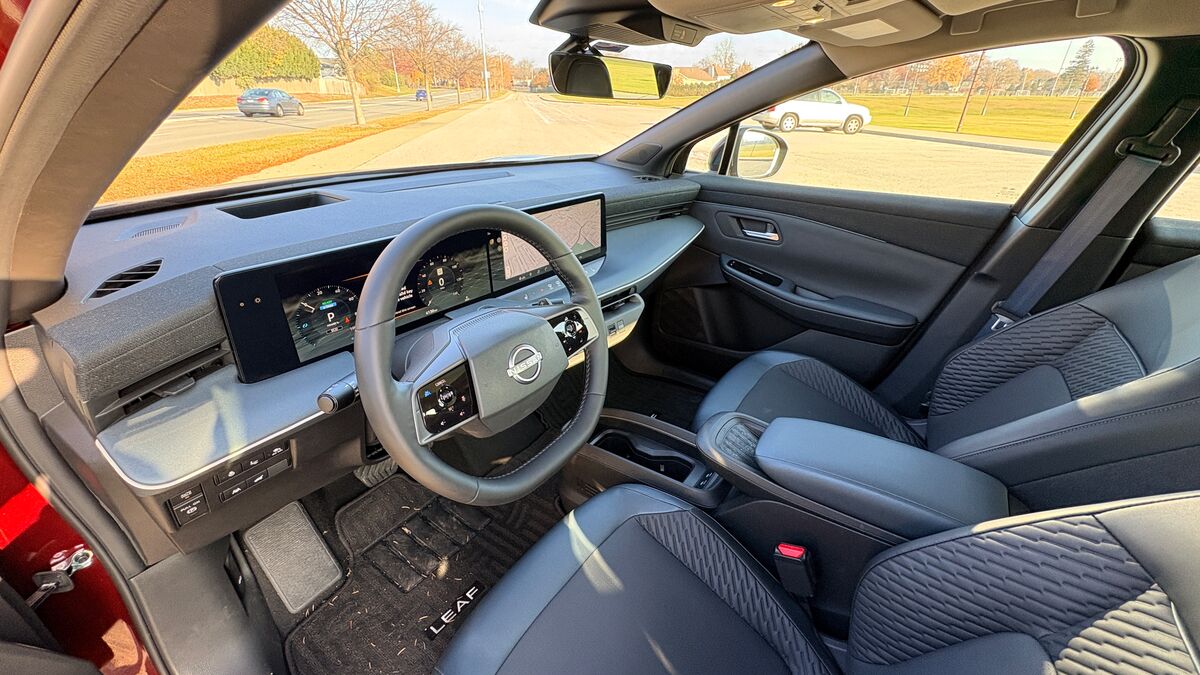Ford has announced a new program aimed at furthering its expertise in the realm of automated driving research and development. The effort involves teaming up with Stanford University and the Massachusetts Institute of Technology to help advance aspects of its Blueprint for Mobility, a master plan announced last year that outlines the automaker’s vision for what transportation will be like in 2025 and beyond. The Blueprint for Mobility anticipates huge leaps in automated vehicle operation and advanced technologies. To that end, Ford’s own experts will work with a team from Stanford to determine how vehicles might maneuver to allow their sensors to effectively "see" around obstructions on the road ahead and cooperate with the MIT group to focus on "scenario planning" that can help a car accurately predict the actions of other vehicles and pedestrians in its immediate area.
Also: 2014 Compact Cars at a glance
Paul Mascarenas, chief technical officer and Vice President, Ford research and innovation, believes this collaboration will pay off on several levels. "Working with university partners like MIT and Stanford enables us to address some of the longer-term challenges surrounding automated driving while exploring more near-term solutions for delivering an even safer and more efficient driving experience."
The car at the center of this undertaking is the recently unveiled Fusion Hybrid Automated Research Vehicle. It augments existing production technology like Blind Spot Information and Park Assist with an array of four roof-mounted LiDAR sensors that use laser light and radar to generate a real-time 3D map of the vehicle’s surroundings. That input as well as data from a GPS system that can gather information at five times the rate of a conventional navigation setup is then processed using a variety of advanced algorithms to create a smarter, safer and at some point, potentially autonomous car.
10 Best Luxury Cars Under $40,000
"Our goal is to provide the vehicle with common sense," noted Greg Stevens, global manager for driver assistance and active safety, Ford research and innovation. "Drivers are good at using the cues around them to predict what will happen next, and they know that what you can’t see is often as important as what you can see. Our goal in working with MIT and Stanford is to bring a similar type of intuition to the vehicle."
More technology News…
Cadillac’s Super Cruise technology has now started real-world testing
Mercedes-Benz has introduced a new anti-wrong-way-driver warning system
2014 Volvos offer a new cyclist-detection safety system
Popular at KBB.com
10 Best Sedans Under $25,000
12 Compact Cars for 2014
10 Best Luxury Cars Under $40,000
